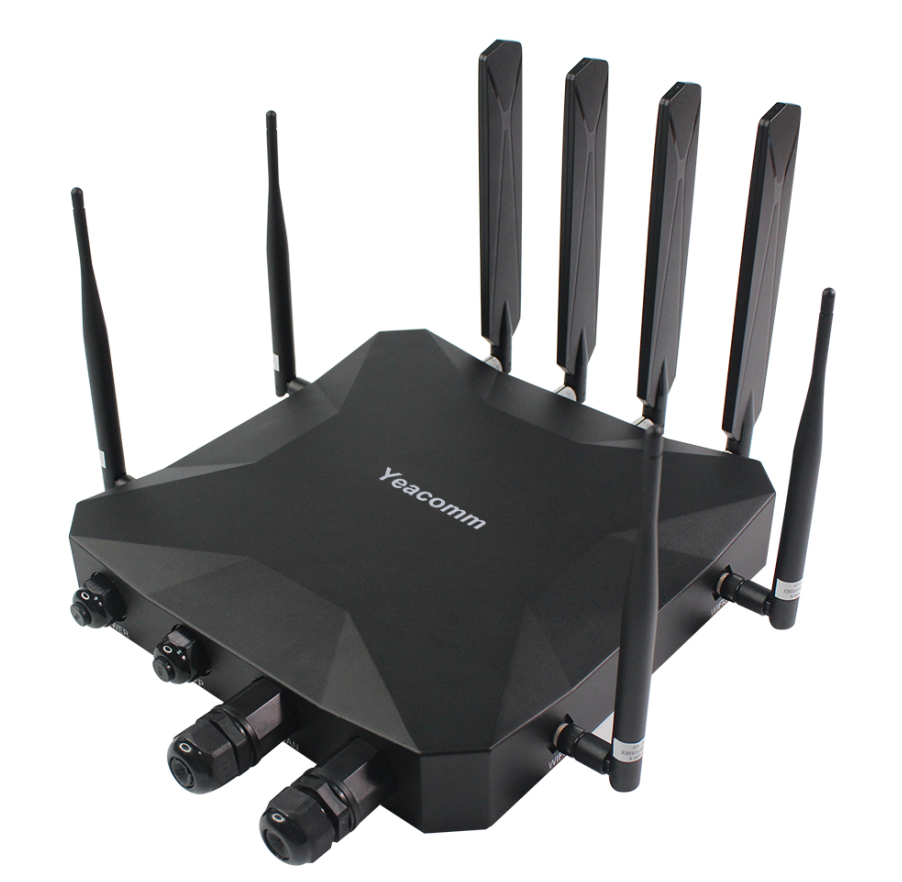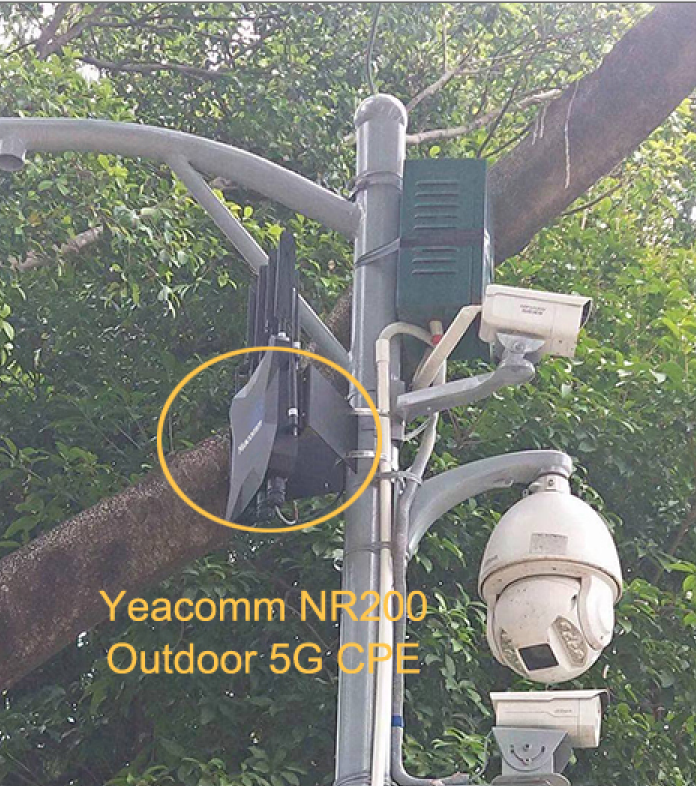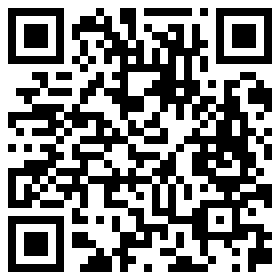Yeacomm NR200 IP68 Outdoor industrial 5G CPE come out
We now have push a new NR200 5G IP68 outdoor industrial CPE, which is wireless communication router for the Internet of Things (IoT), it uses a high-performance industrial level 32-bit communication processor and wireless module, embedded with the real-time operating system as the software platform, and using 3G/4G/5G cellular network to provide users with wireless long-distance large data transmission function. With wide operating temperature range and IP68 metal housing, NR200 is a reliable solution for industrial wireless applications.

Here’s What IP Ratings Mean?
The table below is a breakdown of all Ingress Protection (IP) ratings. The first digit after IP is the rating for protection against solids while the second digit after IP is the protection rating against liquid.| FIRST DIGIT IP__ | PROTECTION AGAINST SOLIDS | SECOND DIGIT IP__ | PROTECTION AGAINST LIQUID |
| The first of the two digits (the 6 in IP67) refers to protection against solids, including dust. Products are rated using a 0-6 scale, with 6 being the most well protected. | The second digit in the IP rating (the 8 in IP68) refers to the level of protection against liquids. | ||
| IP0_ | No protection. | IP_0 | No protection. |
| IP1_ | Protection against objects up to 50mm. Also, protection against any large surface of the body, such as the back of the hand, but no protection against deliberate contact with a body part. | IP1_ | Minimal protection against vertical drops of water, such as very light rain. |
| IP2_ | Protection against objects up to 12.5mm, along with fingers or similar objects. | IP2_ | Protected against vertical drops of water when the device is tilted at 15° from its normal position. |
| IP3_ | Protection against objects up to 2.5mm, such as thick wires or tools. | IP3_ | Protection against sprays of water when the device is tilted at 60° from its usual position, including rain. |
| IP4_ | Protection against objects up to 1mm, including most wires and screws. | IP4_ | Protection from sprays and splashes of water from any direction. |
| IP5_ | Not entirely protected from dust, but enough to significantly affect performance significant damage. | IP5_ | Protection against water sprayed directly from a low-pressure nozzle measuring 6.3mm, from any direction. |
| IP6_ | Totally protected against dust. | IP6_ | Protection from high-powered water jets with a 12.5mm nozzle, from any direction, such as a shower. |
| – | – | IP_6K | Protection from high-powered water jets with a 6.3mm nozzle, from any direction, such as a shower, for at least 3 minutes. |
| – | – | IP_7 | Protected for up to 1m of immersion for up to 30 minutes, including splashing from a shower or an accidental (and brief) dunking. |
| – | – | IP_8 | Protection against submersion beyond 1m. May mean that device is hermetically sealed or that any water that does get inside will cause no damage. |
| – | – | IP_9K | Protection from high-powered water jets at close range with high temperatures for at least 30 seconds from 4 angles. |
| IPX_ | If a rating is given as X, rather than a number, this doesn’t mean the product doesn’t offer any protection, it instead means it hasn’t been tested or assigned a level in that specific area |
IP_X | If a rating is given as X, rather than a number, this doesn’t mean the product doesn’t offer any protection, it instead means it hasn’t been tested or assigned a level in that specific area. |
What are IP ratings?
IP (Ingress Protection) ratings tell users exactly how much protection against liquids or solids a product actually offers. The IP standard was drawn up by the International Electrotechnical Commission (IEC). The IEC is a global organization responsible for setting international standards for electronic devices. IP ratings include two digits, for example, IP67 or IP68. As described in the first table, you can see that both IP67, as well as IP68, are both totally protected against dust (by the IP6_ rating). The second digit of IP67 or IP68 shows what water resistance rating the phone has.
Keep in mind that a rating at level 8 for waterproofing, does not mean coverage for levels below it. For example, the iPhone 7 has an IP67 rating (it can withstand brief submersion), it hasn’t been rated to survive a jet of water (levels 5 and 6). The device would survive being dropped in the bath. However, Apple admits the phone should not be taken into the shower. Liquid damage is not covered under warranty.










